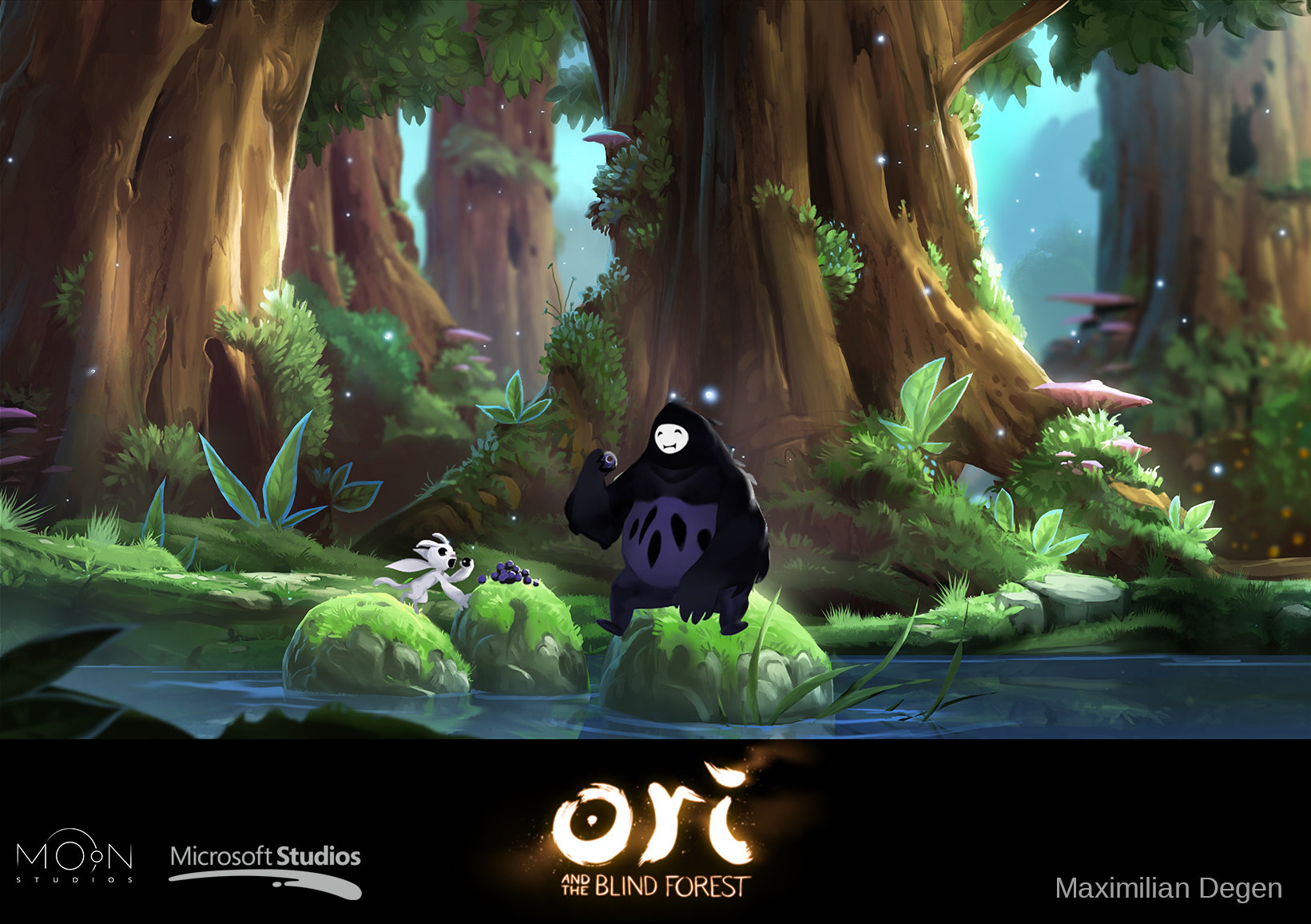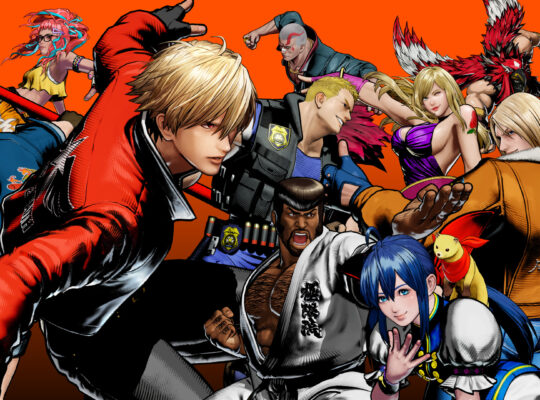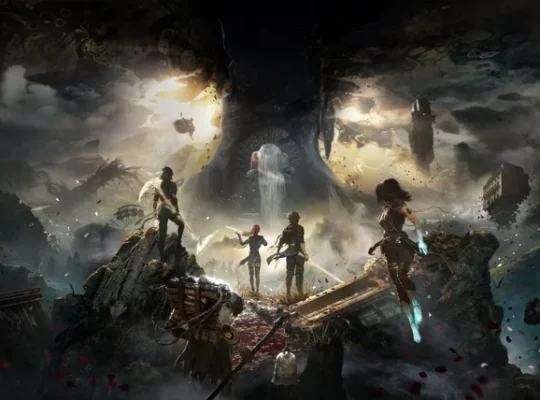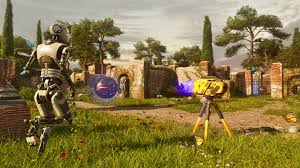Pros:
1. Visual and Auditory Splendor: From the moment the game begins, players are enveloped in a breathtakingly vibrant world. The hand-painted artwork creates an enchanting forest teeming with life, while the ethereal soundtrack by Gareth Coker provides an auditory backdrop that is equally compelling. The fusion of visuals and music in Ori is not just complementary but deeply integrated, enhancing the emotional depth and immersion of the gameplay experience.
2. Engaging Gameplay Mechanics: “Ori and the Blind Forest” refines classic platforming mechanics with innovative twists. The game introduces abilities like “Bash,” which allows Ori to leap from projectiles or enemies, adding a layer of strategy and precision to navigation and combat. The save system, “Soul Links,” allows players to create their own checkpoints, introducing a risk-reward element that demands strategic thinking.
3. Emotional Storytelling: Few games manage to weave a narrative as touching and evocative as Ori’s. The story of loss, friendship, and restoration is simple yet profound, told with minimal dialogue. The emotional weight of the journey is carried by the game’s visual and musical artistry, making every achievement and setback feel intensely personal.
4. Challenging yet Fair: “Ori and the Blind Forest” is known for its difficulty, especially in its escape sequences, which demand perfect timing and mastery of Ori’s abilities. However, the challenge is balanced with fairness. The game’s design encourages learning through failure, rewarding persistence and skill improvement without feeling punitive.
Cons:
1. Steep Learning Curve: For players new to platformers, or even seasoned gamers, Ori’s difficulty can be daunting. The precision required in later stages and escape sequences can lead to frustration, potentially deterring less patient players.
2. Limited Combat Variation: While the primary focus of the game is on platforming and exploration, the combat mechanics can feel somewhat repetitive over time. The range of enemies and combat strategies is not as broad as seen in other aspects of the game, which could have added an additional layer of depth.
3. Navigation Challenges: Without a dynamic map feature early on, players can sometimes find themselves lost or unsure of where to go next. This can lead to aimless wandering, which, while beautiful, can detract from the game’s pacing.
4. Performance Issues on Certain Platforms: Some players have reported technical issues, such as frame rate drops and crashes, particularly on older platforms or lower-end hardware. While not universal, these issues can mar the otherwise seamless experience of the game.
In conclusion, “Ori and the Blind Forest” stands as a testament to the power of blending art, narrative, and gameplay into a cohesive and compelling whole. While it may present challenges in terms of difficulty and navigation, and could benefit from a richer combat system, these aspects do little to diminish the overall excellence of the game. For those willing to embrace its challenges, Ori offers a deeply rewarding experience that is as moving as it is exhilarating.












